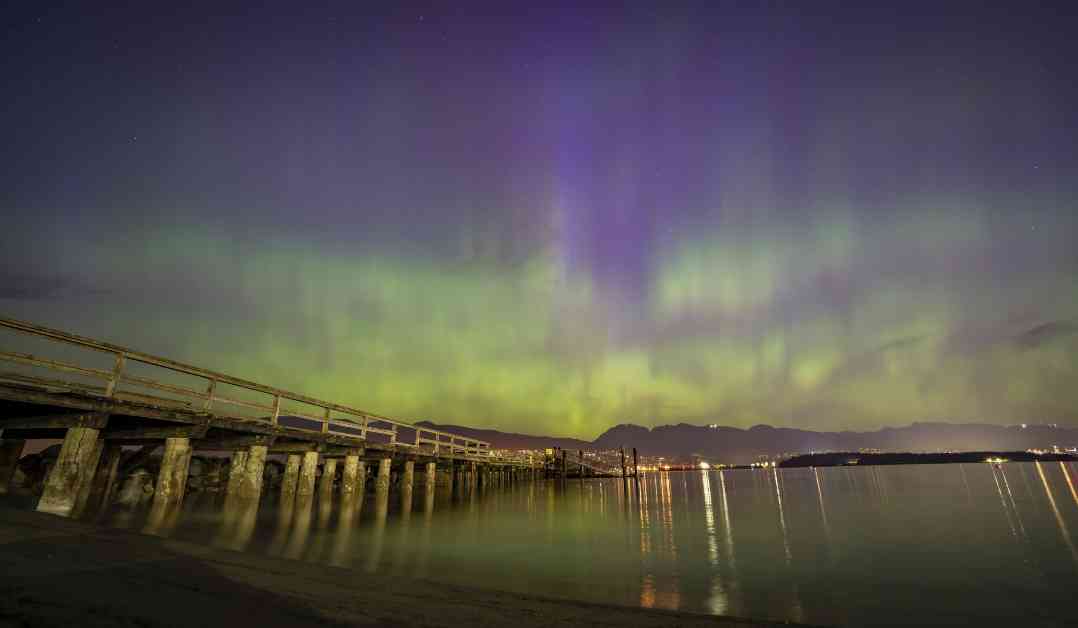We are currently experiencing a period of increased solar activity known as “Solar 25,” which has allowed residents of the D.C. region to witness the Northern Lights without having to travel far north.
This surge in solar activity is part of the peak of an 11-year cycle for the sun, although the highest point of the peak is yet to come. According to Kevin Sterne, a senior research associate with the Super Dual Auroral Radar Network (SuperDARN) at Virginia Tech, the increase in sunspots can lead to strong solar flares. While not every sunspot results in a solar flare, some can produce multiple flares, leading to geomagnetic storms that affect the earth’s magnetic field. The beautiful auroras we see are a result of the earth’s reaction to these storms.
When solar flares launch a coronal mass ejection towards Earth and the magnetic fields interact in a specific way, the Northern Lights can be pushed down from high latitudes to the mid-Atlantic region, and even further south to places like Texas and Puerto Rico. However, there are drawbacks to these geomagnetic storms, as they can interfere with satellites and radio wave signals, impacting technologies like GPS devices.
Sterne predicts that the steady increase in solar activity will reach its peak next summer. While it is too early to compare this peak to previous solar cycles, Sterne noted that the current activity has already produced auroras in the mid-Atlantic region on a larger scale than in previous years. He mentioned the Carrington Event of 1859 as an example of a severe geomagnetic storm that caused disruptions to telegraph equipment and even started fires at telegraph stations.
Researchers are utilizing the data collected during Solar 25 to deepen their understanding of geomagnetic storms, with the hope of improving predictions for the future. By studying these events, scientists aim to mitigate potential damages caused by geomagnetic storms in the coming years.
As we continue to monitor and learn from Solar 25, residents can enjoy the rare opportunity to witness the enchanting Northern Lights from the comfort of their own backyard, thanks to the unique solar activity currently taking place.

